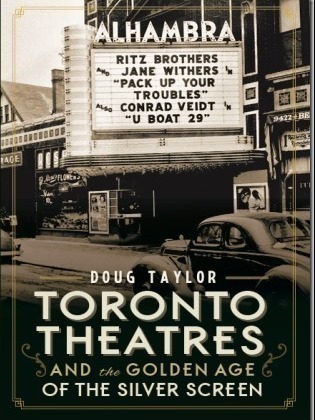The Odeon Humber in 1949, located at 2442 Bloor Street West, slightly west of Jane Street. (photo Ontario Archives AO 2154)
In the years following the Second World War, for a period of about a decade, prior to the advent of television, the movie theatres of Toronto thrived. People were weary of the shortages and rationing of the war years, and had more money to spend. The terminus of the Bloor Streetcar line was at Jane Street, and the community to the north and west of it was expanding as more housing was required to accommodate the city’s expanding population. These factors made the Bloor/Jane intersection an ideal location for a movie theatre. As a result, in 1948, the Odeon chain decided to build a new modern theatre—the Odeon Humber. It was to be one of five theatres that the chain owned—the Carlton, the Danforth, Fairlawn, and the Hyland.
Map from Google, 2014
My own personal memories of this theatre are rather embarrassing. One Saturday evening I attended a double-bill screening. When purchasing a soda drink from the vending machine, nothing happened. In frustration, I gave the machine a whack with my fist, which brought an angry response from the manager. I slinked into the auditorium with my popcorn, but no drink. I was soon immersed in the film and forgot about the great financial loss that I had suffered—well, I never completely forgot, as forty years later I still remember the incident. By the way, the drink that I had attempted to buy was “Tahiti Treat,” made by Canada Dry. This drink has long since disappeared from the scene, along with the Odeon Humber.
As theatre attendance diminished, the Odeon Humber was partitioned into into two theatres in an attempt to draw larger crowds. In 1999, over $400,000 were spent to install larger seats, digital sound, new carpets, expanded washroom facilities, and a new concession stand. However, the Odeon chain closed the theatre in 2003, and for several years it sat vacant. In April of 2011 it was reopened by Rui Pereira, the owner of the Kingsway Cinema. It is now the named the “Humber Cinemas” and has four auditoriums.
An autographed program for a musical that was held on the stage of the Odeon Humber in 1955 or 1956. Katherine Dunham and her dancers were extremely popular throughout Europe and North America during the 1940s and 1950s. Program courtesy of Walter Godfrey.
The Odeon Humber Theatre after it had been partitioned into two auditoriums (Humber 1 and Humber 2). Photo, Gilbert A. Milne, City of Toronto Archives 51618
The interior of the Odeon Humber, photo Ontario Archives AO2152
Exterior lobby, foyer and ticket booth of the Odeon Humber c. 1960. Photo from Ontario Archives, AO 2153.
The old Odeon Humber Theatre in July of 2013, after being converted to the Humber Cinemas. Its facade appears rather severe with the large letter spelling ODEON having been removed.
The colourful lobby of the Humber Cinemas in 2013
The doorway leading to the stairs that allow entry to the theatre auditorium.
The windows that allow light into the lobby, the buildings on the south side of Bloor Street reflected in the glass.
The Odeon Humber has disappeared, but thankfully it is still maintained as a functioning theatre by its present owners. This photo gazed west along Bloor Street, at Jane Street in March of 2013.
To view the Home Page for this blog: https://tayloronhistory.com/
To view previous blogs about movie houses of Toronto—historic and modern
Recent publication entitled “Toronto’s Theatres and the Golden Age of the Silver Screen,” by the author of this blog. The publication explores 50 of Toronto’s old theatres and contains over 80 archival photographs of the facades, marquees and interiors of the theatres. It relates anecdotes and stories of the author and others who experienced these grand old movie houses.
To place an order for this book:
Book also available in Chapter/Indigo, the Bell Lightbox Book Store and phoning University of Toronto Press Distribution at 416-667-7791
Theatres Included in the Book:
Chapter One – The Early Years—Nickelodeons and the First Theatres in Toronto
Theatorium (Red Mill) Theatre—Toronto’s First Movie Experience and First Permanent Movie Theatre, Auditorium (Avenue, PIckford), Colonial Theatre (the Bay), the Photodome, Revue Theatre, Picture Palace (Royal George), Big Nickel (National, Rio), Madison Theatre (Midtown, Capri, Eden, Bloor Cinema, Bloor Street Hot Docs), Theatre Without a Name (Pastime, Prince Edward, Fox)
Chapter Two – The Great Movie Palaces – The End of the Nickelodeons
Loew’s Yonge Street (Elgin/Winter Garden), Shea’s Hippodrome, The Allen (Tivoli), Pantages (Imperial, Imperial Six, Ed Mirvish), Loew’s Uptown
Chapter Three – Smaller Theatres in the pre-1920s and 1920s
Oakwood, Broadway, Carlton on Parliament Street, Victory on Yonge Street (Embassy, Astor, Showcase, Federal, New Yorker, Panasonic), Allan’s Danforth (Century, Titania, Music Hall), Parkdale, Alhambra (Baronet, Eve), St. Clair, Standard (Strand, Victory, Golden Harvest), Palace, Bedford (Park), Hudson (Mount Pleasant), Belsize (Crest, Regent), Runnymede
Chapter Four – Theatres During the 1930s, the Great Depression
Grant ,Hollywood, Oriole (Cinema, International Cinema), Eglinton, Casino, Radio City, Paramount, Scarboro, Paradise (Eve’s Paradise), State (Bloordale), Colony, Bellevue (Lux, Elektra, Lido), Kingsway, Pylon (Royal, Golden Princess), Metro
Chapter Five – Theatres in the 1940s – The Second World War and the Post-War Years
University, Odeon Fairlawn, Vaughan, Odeon Danforth, Glendale, Odeon Hyland, Nortown, Willow, Downtown, Odeon Carlton, Donlands, Biltmore, Odeon Humber, Town Cinema
Chapter Six – The 1950s Theatres
Savoy (Coronet), Westwood
Chapter Seven – Cineplex and Multi-screen Complexes
Cineplex Eaton Centre, Cineplex Odeon Varsity, Scotiabank Cineplex, Dundas Square Cineplex, The Bell Lightbox (TIFF)
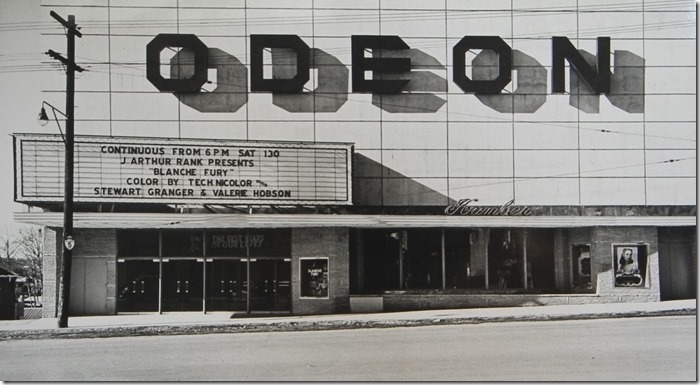
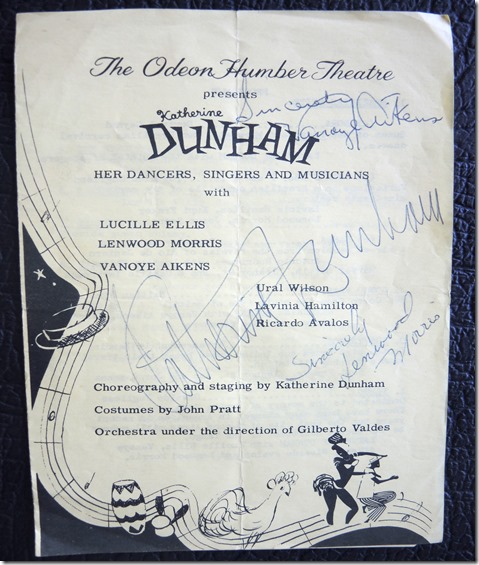
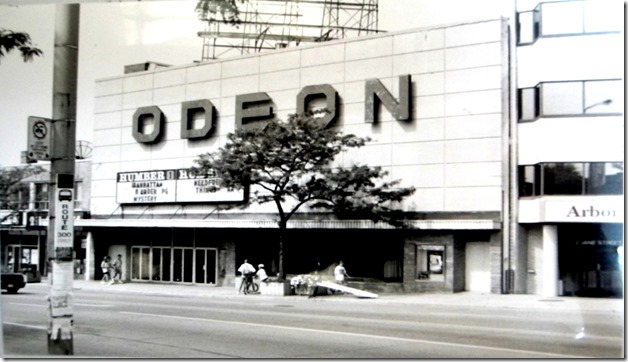
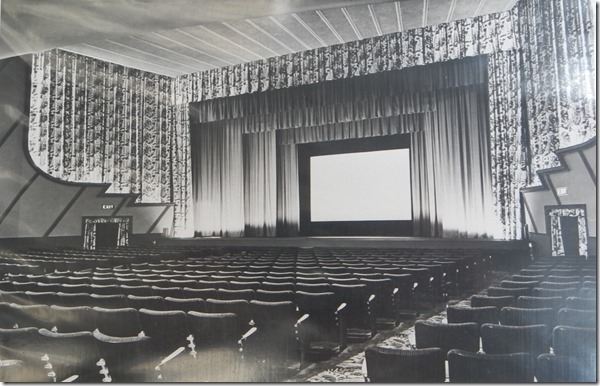

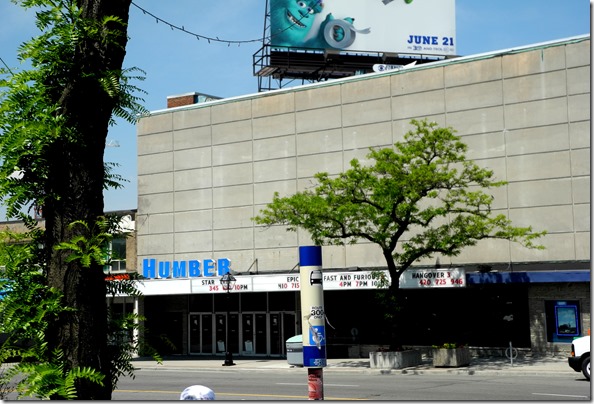
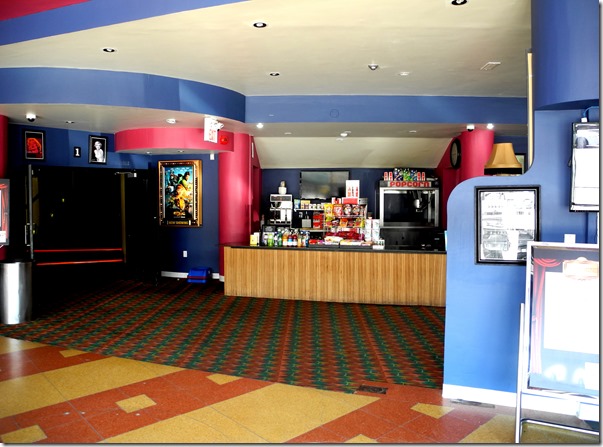
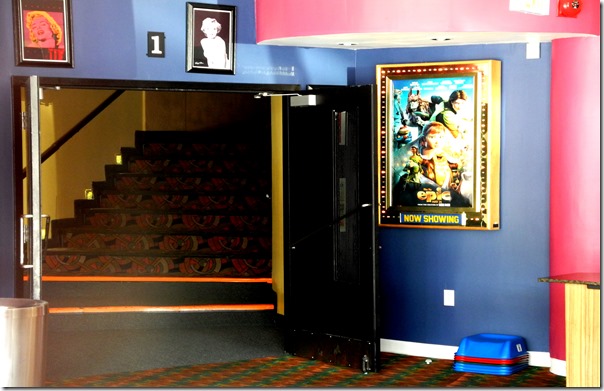
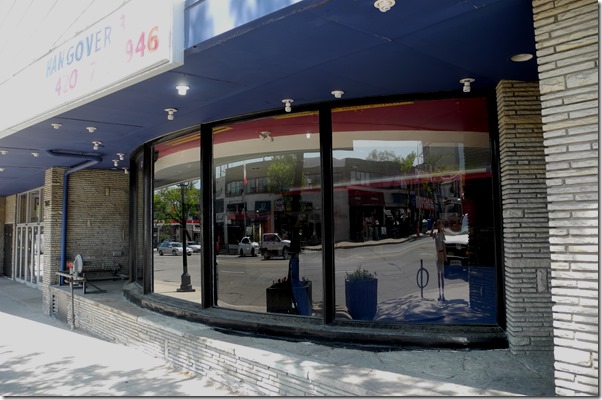
![800px-Humbercinema[1] 800px-Humbercinema[1]](https://tayloronhistory.com/wp-content/uploads/2013/09/800px-humbercinema1_thumb.jpg)
